8 Dining Moves That Seem Fine but Offend Abroad and 5 You Should Know First
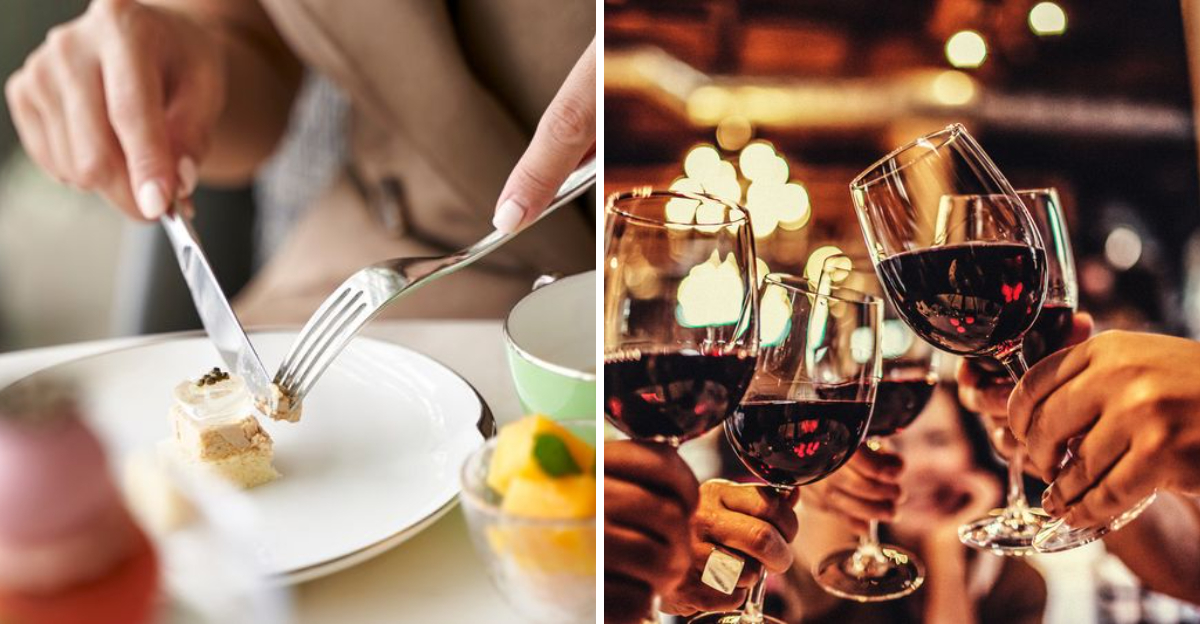
Dining customs vary significantly around the world. What might be perfectly acceptable in one country can be considered rude or offensive in another. Understanding these nuances can enhance your travel experience and help you avoid unintentional faux pas. Here, we explore eight dining moves that might offend abroad, along with five you should know before you dine out globally. These insights will equip you with the knowledge to navigate meals with grace and cultural sensitivity, wherever you may be.
1. Tipping in Japan or South Korea
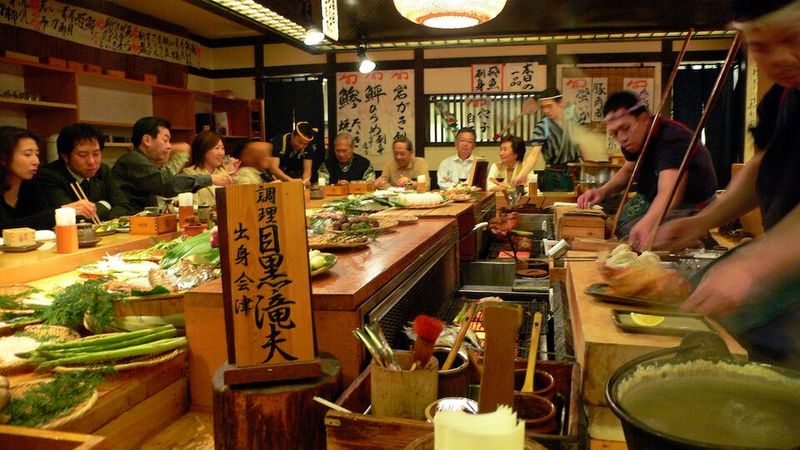
In the United States, tipping is often seen as a gesture of gratitude for good service. However, in countries like Japan and South Korea, it can be perceived as offensive or awkward. There, excellent service is expected as part of the job, and tipping could imply that the employee is reliant on extra money to perform well. In fact, leaving a tip might even cause confusion or embarrassment. It’s important to adhere to local customs and resist the urge to tip in these regions, ensuring that respect is maintained. Next time you travel, remember that cultural norms differ widely.
2. Adding salt or pepper in Portugal or Italy

Imagine being in a cozy restaurant in Italy, surrounded by the aroma of authentic cuisine. Before you reach for the salt or pepper, pause. In Portugal and Italy, seasoning your food before tasting it is considered disrespectful to the chef. It suggests that their carefully crafted dish is lacking in flavor. This simple gesture can inadvertently offend those who put effort and pride into their culinary creations. So, savor the meal as it is presented to you and appreciate the culinary artistry without alteration. This approach will not only enhance your dining experience but also show appreciation for the chef’s skills.
3. Eating while walking in Japan

Picture yourself wandering the vibrant streets of Tokyo, tempted by the tantalizing aroma of street food. While it might seem convenient to munch on the go, eating while walking is considered impolite in Japan. Such behavior is viewed as sloppy and disrespectful to those around you. Instead, take a moment to find a spot to sit and enjoy your snack. This mindful approach aligns with local customs and fosters a sense of harmony in public spaces. So, when in Japan, embrace the cultural practice of pausing to eat, allowing you to fully appreciate the delicious flavors.
4. Using your left hand to eat in India or the Middle East

Dining in India or the Middle East comes with its unique set of customs, one of which involves the use of hands. The left hand is traditionally considered unclean, reserved for personal hygiene. Therefore, using it to eat or pass dishes at the table can be seen as disrespectful. Instead, always use your right hand when dining or interacting with food. This practice is deeply rooted in cultural beliefs and follows a long-standing tradition of maintaining cleanliness and respect. By observing this custom, you show an understanding and appreciation of the cultural practices in these regions.
5. Finishing everything on your plate in China

In many cultures, leaving an empty plate is a sign of satisfaction, but not in China. Finishing everything on your plate can imply that you were not given enough food, which might reflect poorly on your host. In Chinese dining etiquette, leaving a small amount of food is a way to show that you are content and that the host has been generous. It’s a subtle yet significant gesture that underscores the importance of understanding local customs. By leaving a bit of food behind, you convey gratitude and respect, acknowledging the host’s hospitality without words.
6. Cutting up all your food at once in France
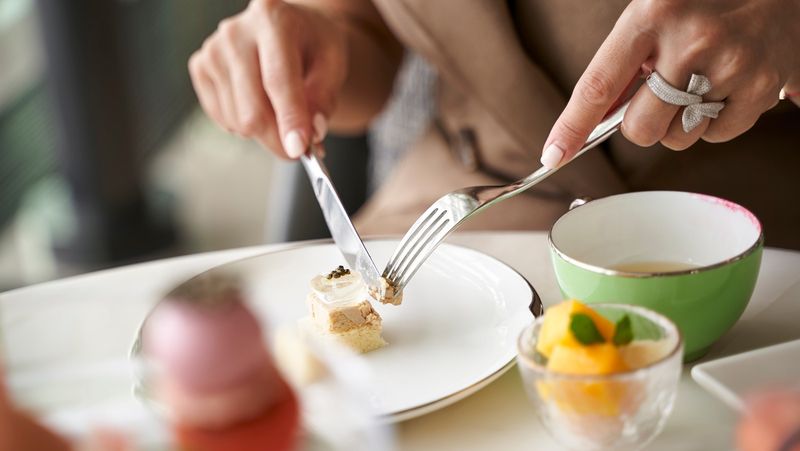
Dining in France is an experience of elegance and tradition. When seated at a table, resist the urge to cut all your food at once. This act is seen as unsophisticated and may give the impression of rushing through the meal. Instead, cut one piece at a time, savoring each bite. This approach reflects the leisurely and refined nature of French dining, where meals are enjoyed slowly. By adopting this practice, you show respect for the cultural emphasis on dining as a social and pleasurable experience. Embrace the art of dining in France with poise and appreciation.
7. Slathering condiments on everything in Europe
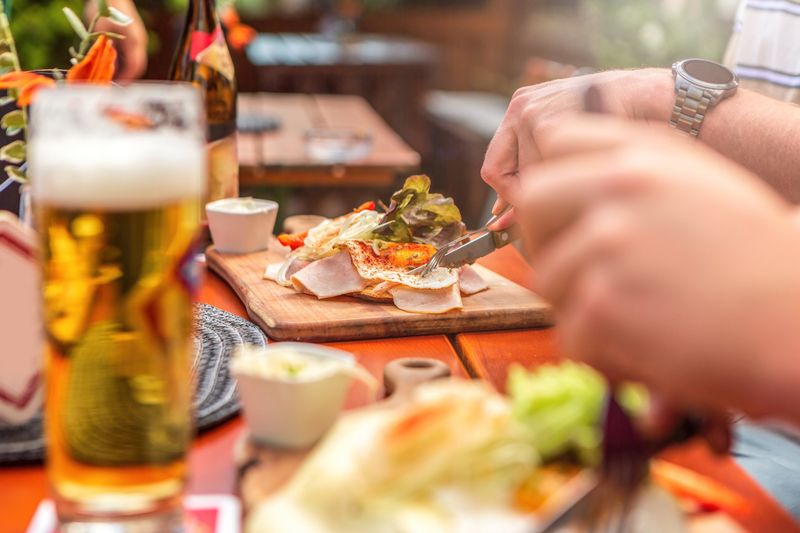
In Europe, particularly in countries with rich culinary traditions, drowning your meal in condiments can be frowned upon. This behavior might suggest that the dish is lacking in taste, undermining the chef’s expertise. Europeans often take pride in the natural flavors of their food, and overusing sauces or spices can be seen as an insult to their culinary heritage. Instead, try to appreciate the dish as it is presented and use condiments sparingly. This approach not only enhances your dining experience but also shows respect for the chef’s skill and the cultural significance of the meal.
8. Blowing your nose at the table in most countries

We’ve all been there—a sudden sneeze or runny nose during a meal. While it may seem like a minor inconvenience, blowing your nose at the dining table is considered bad manners in many cultures, especially in Japan and across Europe. Such behavior is seen as unhygienic and disrespectful to fellow diners. Instead, excuse yourself and step away from the table to tend to personal needs. This small act of consideration upholds the decorum of the dining experience and reflects a respect for those around you. So, the next time you feel a sneeze coming on, remember to mind your manners.
9. Learn how to toast properly

Toasting is more than just clinking glasses; it’s a ritual steeped in tradition. In Germany and Hungary, making eye contact while toasting is considered essential. Failing to do so may result in bad luck or being perceived as insincere. In Hungary, clinking beer mugs is frowned upon due to historical reasons. Understanding these nuances adds depth to social interactions and shows respect for local customs. When in these countries, remember to uphold these traditions by making eye contact and toasting appropriately. It’s a simple gesture that enhances connection and expresses camaraderie with those around you.
10. Pace yourself in Italy and Spain

Meals in Italy and Spain are a cherished experience, not to be rushed. Unlike fast-paced dining elsewhere, these cultures prioritize savoring each moment and each bite. Fast service is not the norm, as meals are more about social interaction and enjoyment. So, when dining in these countries, adjust your expectations and embrace the leisurely pace. This approach allows you to fully appreciate the flavors and the company, embodying the true essence of Mediterranean dining. By pacing yourself, you show respect for the cultural traditions and enjoy a more fulfilling dining experience.
11. Know your chopstick etiquette in Japan
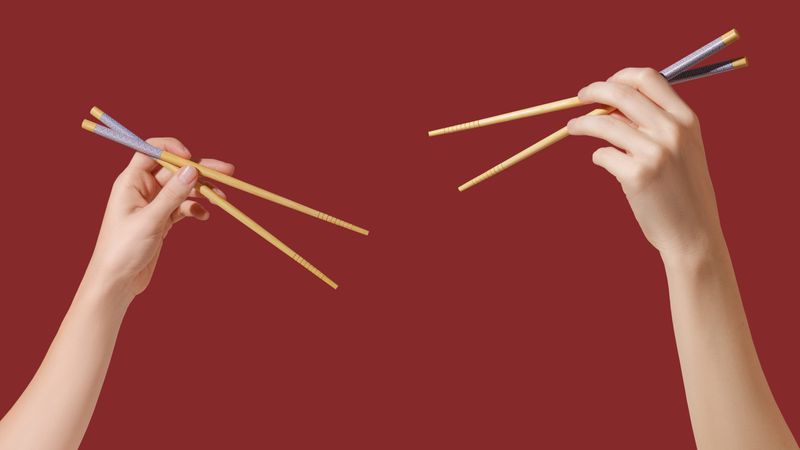
Chopsticks are more than just utensils in Japan; they are part of a rich cultural tradition. Knowing how to use them properly is crucial to showing respect. Avoid sticking chopsticks upright in rice, as it resembles a funeral ritual. Additionally, passing food from chopstick to chopstick is also considered inappropriate. These actions are linked to funeral customs and should be avoided during meals. By following these simple guidelines, you demonstrate an understanding of Japanese culture and respect for its traditions. Proper chopstick etiquette enhances your dining experience and reflects cultural awareness.
12. Try at least a little of everything in Thailand
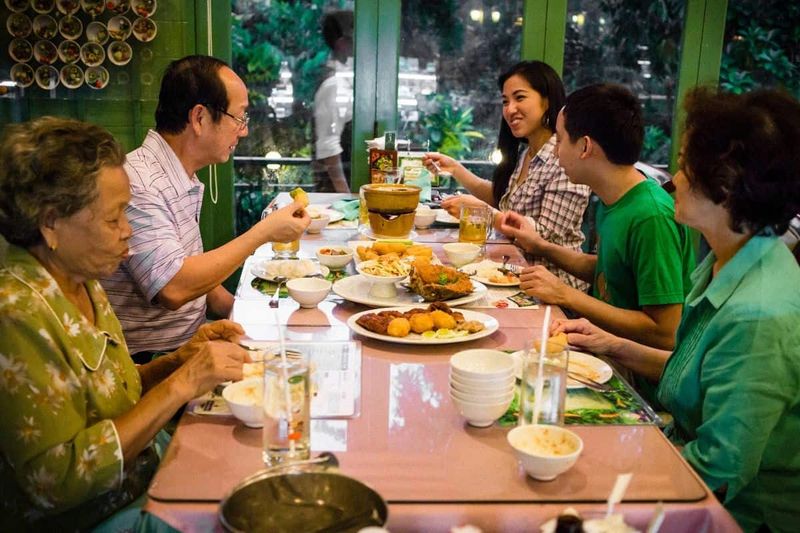
In Thailand, sharing meals and trying a variety of dishes is an essential part of the dining experience. Refusing to taste a dish can be perceived as impolite, implying that the food is not to your liking. Even if you’re not hungry, taking a small taste shows appreciation for the effort and hospitality of your host. This practice fosters a sense of community and respect. By trying a little of everything, you engage with the culinary culture and enrich your dining experience. Embrace the opportunity to explore diverse flavors and traditions in Thai cuisine.
13. Wait to be told where to sit in France or South Korea

Seating arrangements, especially in formal settings, hold cultural significance in countries like France and South Korea. Taking a seat without guidance can be seen as disrespectful. It’s customary to wait for the host or an elder to assign your place, reflecting a hierarchy or order of importance. This practice shows respect for traditions and the authority of the host. By waiting to be seated, you demonstrate cultural sensitivity and awareness of etiquette. This simple act of patience ensures a smooth dining experience and honors the customs of the region.
